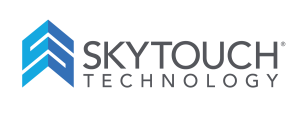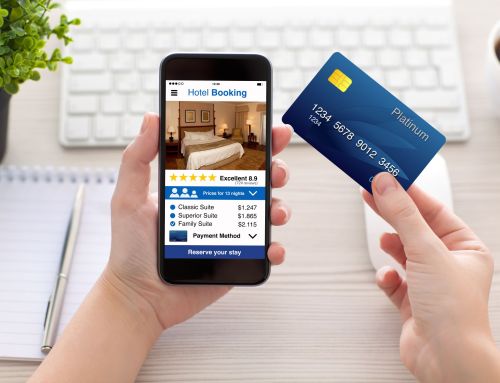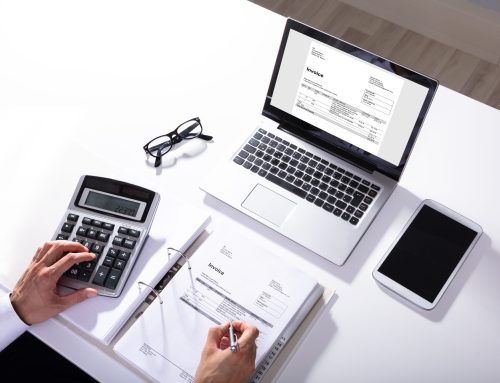It’s time to cozy up to the BAR
That’s Best Available Rate, of course, and by focusing a revenue management strategy around Best Available Rate, hoteliers are successfully pushing the average rate charged per room by more accurately leveraging the all-powerful supply vs. demand equation.
However, to fully maximize the opportunity to charge the right rate yielding the overall most effective business mix, requires leveraging the power of a hotel operations platform such as a cloud-based property management system (PMS). That’s because these PMS systems are typically plugged into myriad distribution channels with automatic rate setting capabilities.
Smart rate management, also known as revenue strategy, is an increasingly important discipline taking multiple factors into account before setting prices. According to the 2018 Smart Decision Guide to Hospitality Revenue Management, hoteliers at mid-sized hotel properties have increased RevPAR by eight percent on average when implementing revenue management strategies and platform capabilities.
Those not engaging in this discipline like hoteliers setting seasonal rates, for example, are missing out on untold revenue by not paying attention to or having a system that fully understands demand fluctuations and how to price rooms accordingly.
Hoteliers – i.e. your competition — are more sophisticated than ever. Also, there are more hotels than ever before, booking windows have shrunk, and with a simple internet search, customers can see room rates at an entire swath of hotels simultaneously.
It’s forever changed how hoteliers must approach the price they charge for a guestroom on any given night. They’re constantly searching for Goldilocks pricing, that is, setting room rates ‘just right,’ rather than too hot or too cold.
“Revenue management is the science to maximize revenues based on data. In the age where there is data available across various platforms, the ability to gather, process and make the data actionable is the key challenge.” – Chinmai Sharma, EVP and Chief Revenue Officer with The Indian Hotels Company Limited told Hotel News Now.
Therefore, it’s up to hoteliers to use available tools to fully leverage these new market dynamics to perfectly balance revenue and occupancy while achieving maximum profitability.
“Revenue strategy is not just the way of the future for hotels — it’s needed in the present, as the digital marketplace that has come to dominate hotel bookings only gets more complex,” said Cindy Estis Green, Co-Founder and CEO of Kalibri Labs, at a revenue management conference as reported by Hospitalitynet.
Get this; according to the 2018 Smart Decision Guide for Revenue Management, larger hotels are seeing on average a 10% RevPAR increase when implementing a revenue management strategy that often translates to millions in additional revenue while midsize and select service hotels often see a seven percent average RevPAR increase.
But smart revenue management can be a bit trickier than simply setting a price for a room for a specific day and moving on to other tasks. Microtrends, market dynamics, and other factors typically create continuous fluctuation of demand drivers. So, hoteliers must not only be nimble, but cognizant of demand changes that could affect the rates that should be charged.
Your hotel PMS should provide a Best Available Rate (BAR) pricing strategy. With a click of a button, you’ll have the ability to change rates at what the market will bear. Newer generation cloud-based PMS often provide hoteliers with extra functionality that automates rate setting based on preset BAR structure. These systems respond to demand in real time and adjust rates up or down based on those changes. Plus, it prevents nervous hoteliers from undercutting their profit potential by slashing prices when occupancy appears to be softening, a fear-based reaction that can be easily combated with some technology. When a cloud-based property management system helps manage rates automatically, it ensures a hotel is always achieving maximum rate for a room on any given night of the year.
Managing Stay Restrictions
Another consideration to leveraging the power of a BAR strategy is the ability to manage stay restrictions such as Minimum Length of Stay, Closed to Arrival, and special event rates. These functions help revenue managers ensure rooms aren’t left empty because someone only booked a room on the first day of a multi-day music festival in your town.
Also, be sure the PMS has settings for multiple demand and seasonal settings. It should have an “adapt all rates” feature allowing the hotelier to respond to sudden market changes such as that big winter storm while optimizing revenue opportunities. It should also include threshold alerts warning the revenue manager increases or decreases in rooms sold. Understanding what is, or isn’t, being sold helps hoteliers better understand the true value of a room on a certain night. And when certain thresholds are met, rooms rates should automatically change based on BAR wherever on the internet the hotel room is available for purchase.
A BAR strategy combined with the right cloud-based PMS helps hoteliers be flexible with rate management while also maximizing income opportunity. Without it, you’ll be passing up profits and not even know it.
Don’t want to wait for part 8?
Download our eBook: 6 Must-Have Technologies for Hotel Success (According to Best Practices IT Market Research).
Ready to see how a partner like SkyTouch can impact your operations and your revenue? Contact us today and book a demo of the SkyTouch Hotel Operations Platform.




